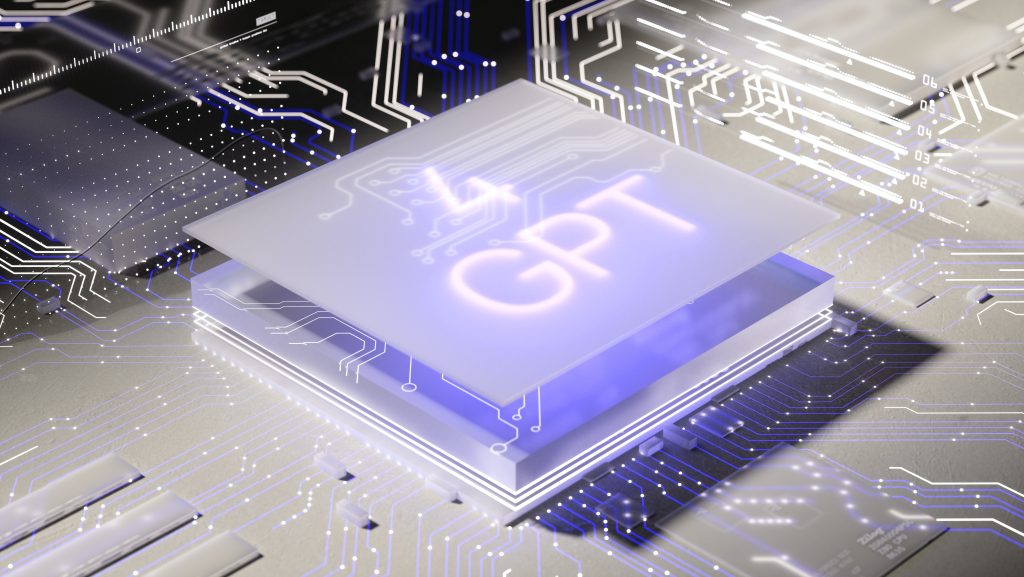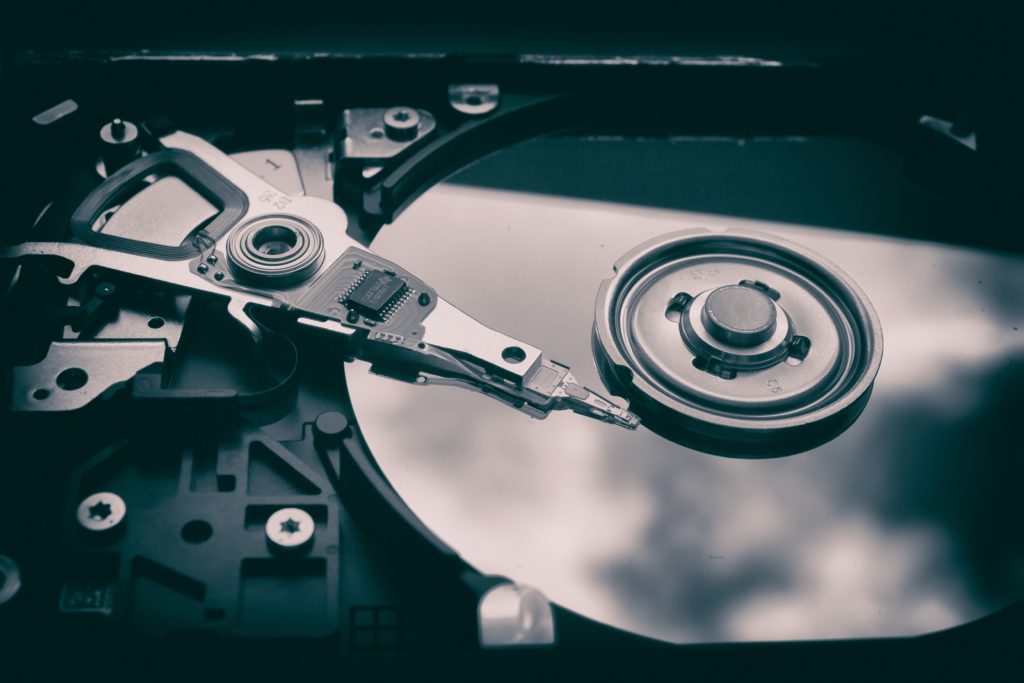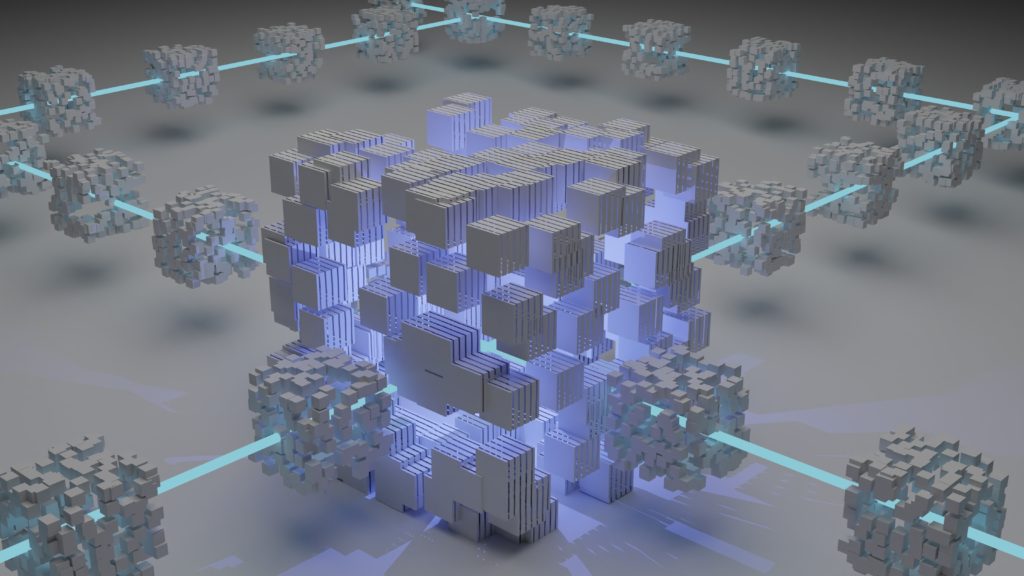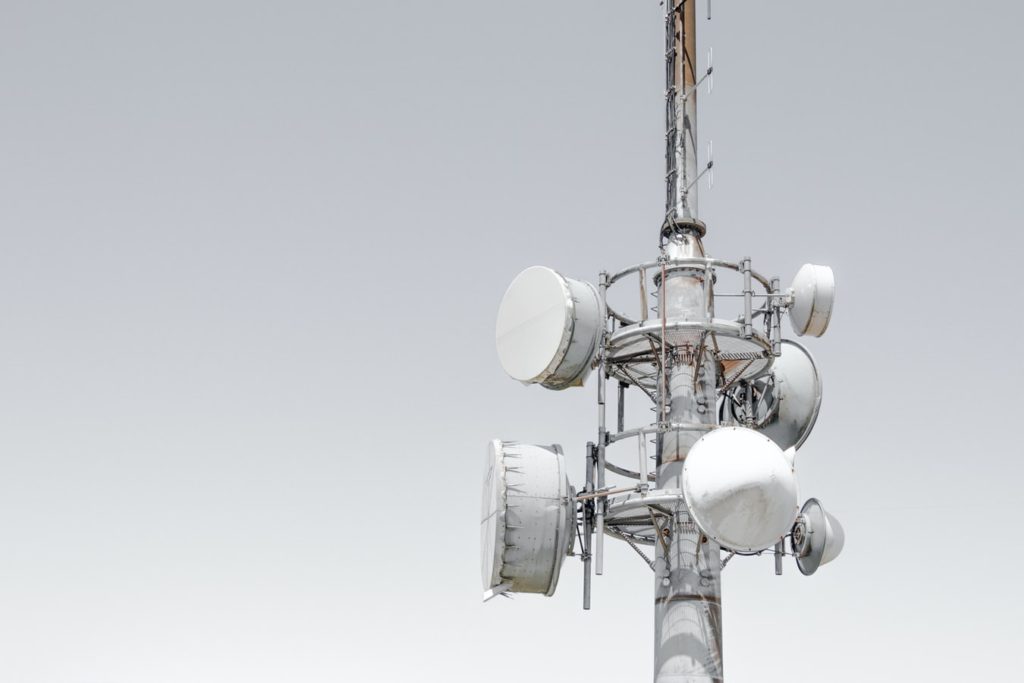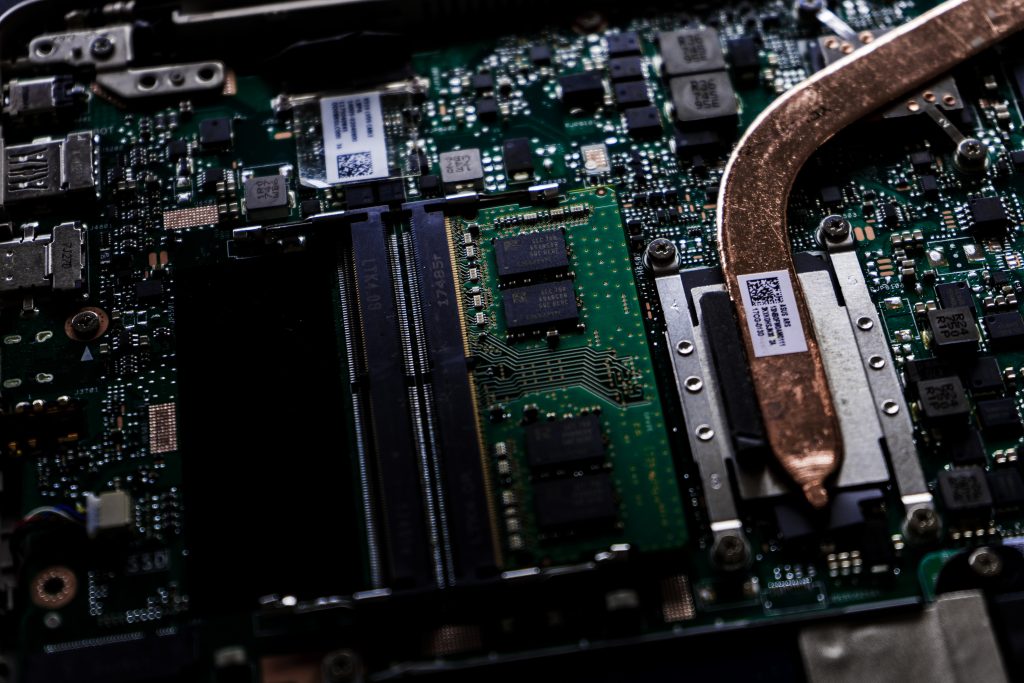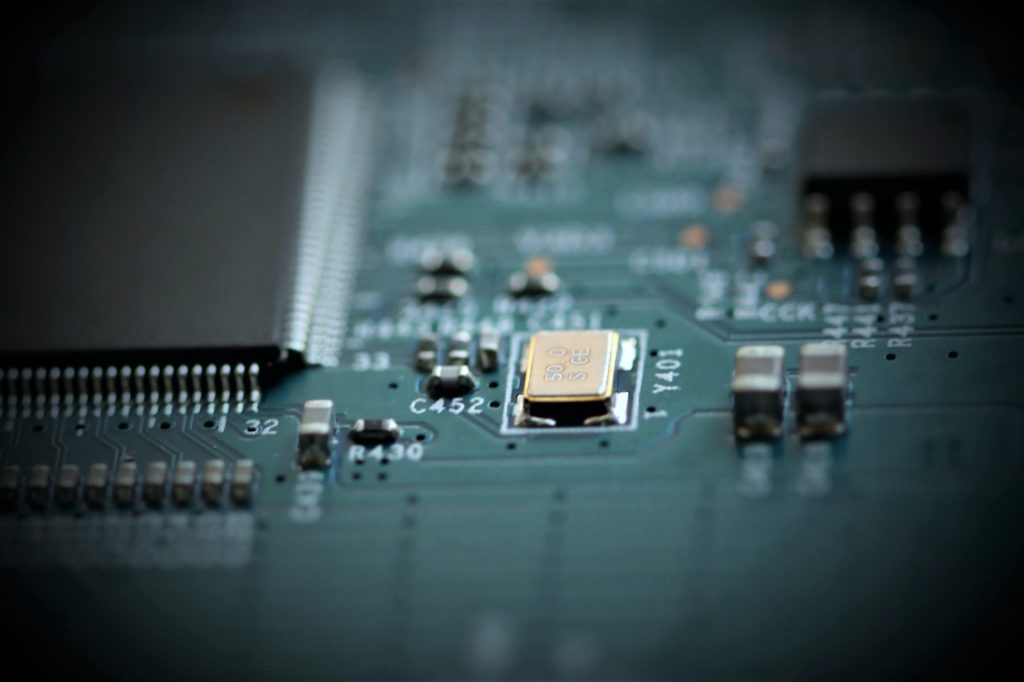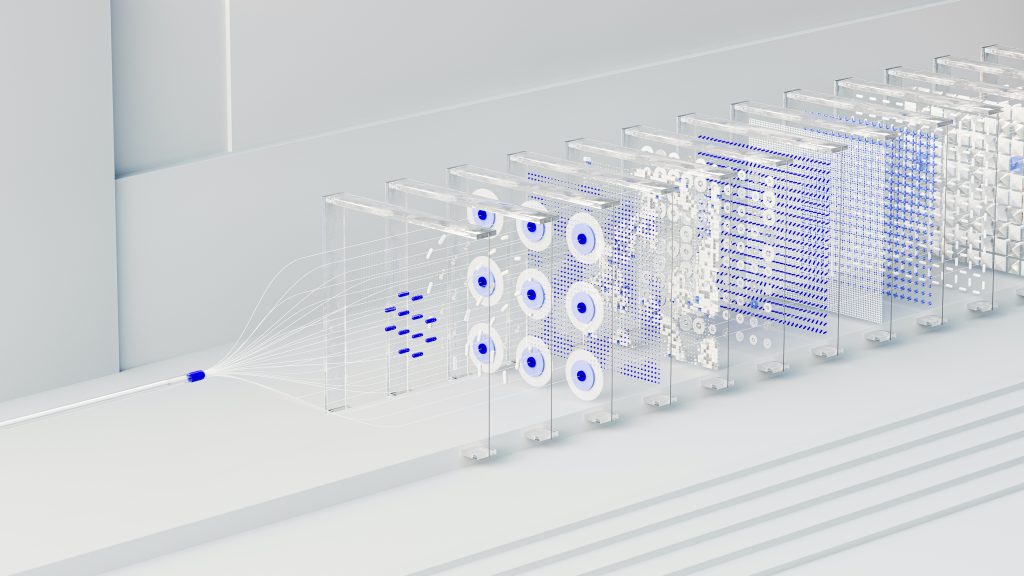Artificial intelligence (AI) is rapidly evolving as a critical application enabler. However, the high computational requirements of AI algorithms pose a challenge for semiconductor design and manufacturing. It is where the AI chip stack comes into the picture and will undoubtedly change AI-focused hardware, software, and tools development.
AI Chip Stack: The AI chip stack is a layered approach to designing and manufacturing AI chips. It consists of three layers:
Hardware: AI chip’s physical components, such as the transistors, interconnects, and memory.
Software: Consists of operating systems, drivers, and runtime environments for AI applications.
Tools: Includes the tools used to design and manufacture AI chips.
These three layers of the AI chip stack also require IPs. These IPs provide access to the hardware and software components of the chip stack and enable developers to design and manufacture AI chips tailored to their applications’ specific requirements. It will be more relevant to the chiplet way of silicon development.
These AI chip stack IPs also require software APIs like EDA tools. These tools provide a Graphical User Interface (GUI) for designing and manufacturing AI chips. They also offer a range of features that make creating and manufacturing AI chips easier, such as automated place and route, verification, and timing analysis.
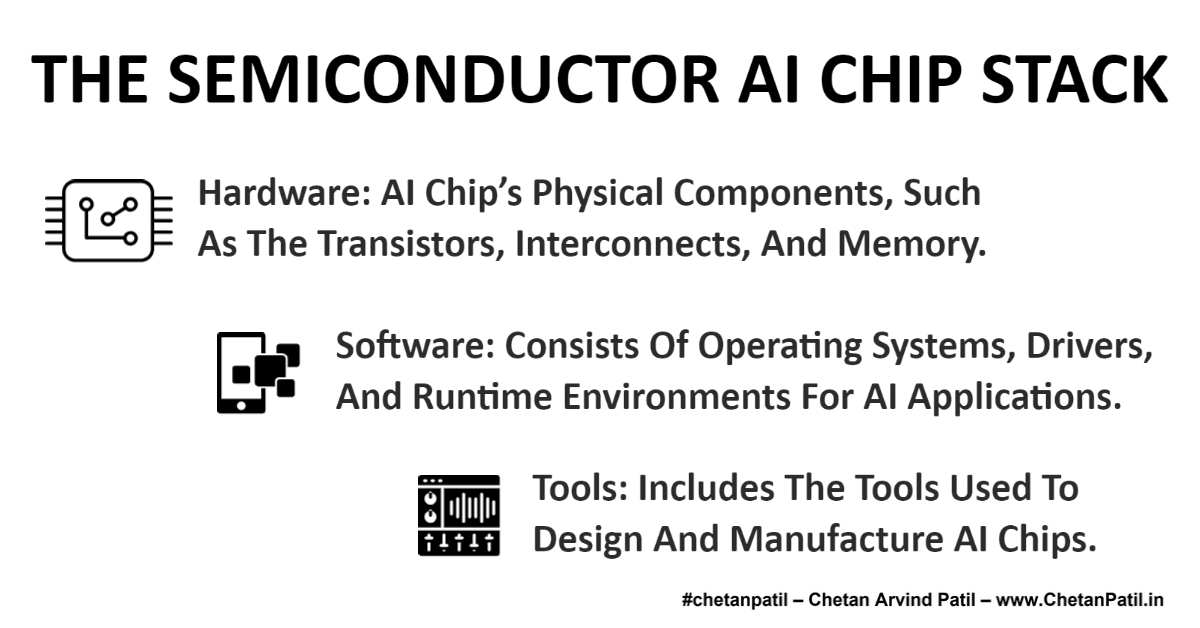
Unfortunately, the AI chip stack is a complex and rapidly evolving field today. However, it offers a promising solution to the challenge of meeting the high computational requirements of AI algorithms. Providing access to the hardware and software components of the chip stack, semiconductor design, and manufacturing APIs enable developers to design and manufacture AI chips tailored to their applications’ specific requirements.
Some of the benefits offered by AI chip stack flow:
Increased Performance: The AI chip stack can deliver significantly higher performance than traditional CPU and GPU architectures. It is because the AI chip stack is specifically for the high computational requirements of AI algorithms.
Reduced Power Consumption: The AI chip stack can consume significantly less than traditional CPU and GPU architectures.
Increased Flexibility: The AI chip stack can be customized to meet the specific requirements of different AI applications. This flexibility allows developers to create optimized AI applications for their particular needs.
Challenges faced by the AI chip stack flow:
High Cost: The AI chip stack is typically more expensive than traditional CPU and GPU architectures. The AI chip stack is a newer technology, and there is less competition in the market.
Long Development Time: The AI chip stack can take longer to develop than traditional CPU and GPU architectures. It is because the AI chip stack is a more complex technology.
Limited Availability: The AI chip stack has yet to be widely available. It is because the technology is still in its early stages of development.
The AI chip stack is a good design process that has the potential to revolutionize the way AI silicon and applications are developed and deployed. As the technology matures and AI chip stack costs decrease, the semiconductor industry can expect to see more AI applications powered by AI chips.
